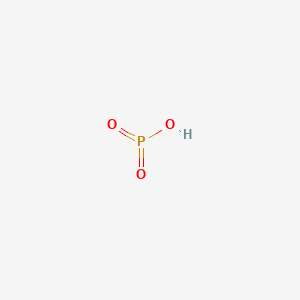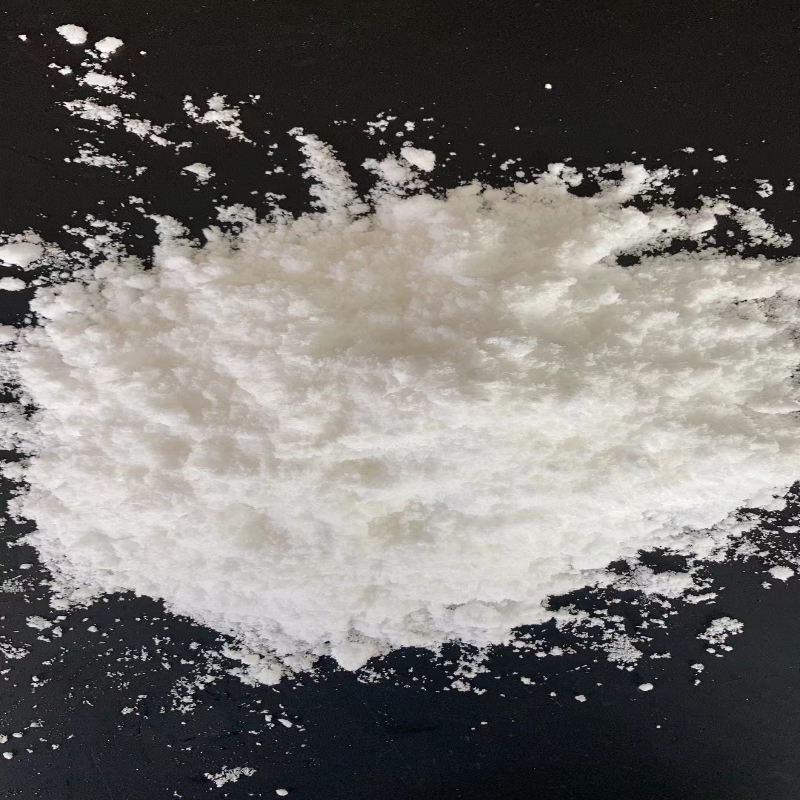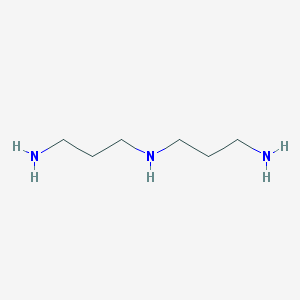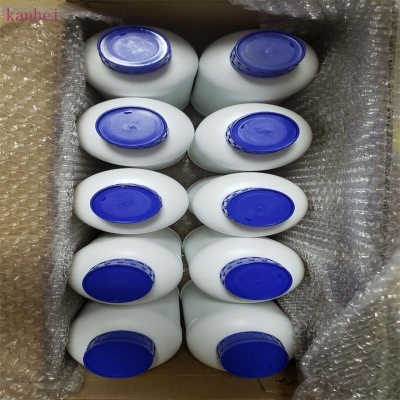Cosmetic Ingredient
- • Abrasive (124)
- • Absorbent (84)
- • Anticaking (66)
- • Anticorrosive (25)
- • Antifoaming (19)
- • Antimicrobials (290)
- • Antioxidant Ingredient (393)
- • Antiperspirant (20)
- • Antiplaque (48)
- • Anti-seborrheic (38)
- • Anti-sebum (39)
- • Antistatic (458)
- • Astringent (162)
- • Binding Agent (172)
- • Bleaching Agent (53)
- • Buffering (191)
- • Bulking (109)
- • Chelating (122)
- • Cleansing (679)
- • Cosmetic Colorant (212)
- • Cosmetic Preservative (158)
- • Denaturant (45)
- • Deodorant (98)
- • Depilatory (27)
- • Dissolving Agent (298)
- • Emollient (795)
- • Emulsifying Agent (480)
- • Emulsion Stabilising (154)
- • Exfoliating (19)
- • Film Forming (299)
- • Flavouring (72)
- • Foam Boosting (161)
- • Foaming (101)
- • Fragrance Ingredient (726)
- • Gel Forming (19)
- • Hair Conditioning (670)
- • Hair Dyeing (363)
- • Hair Fixing (36)
- • Hair Waving or Straightening (45)
- • Humectant (282)
- • Hydrotrope (92)
- • Keratolytic (20)
- • Light Stabilizer (80)
- • Moisturising Agent (50)
- • Nail Conditioning (42)
- • Occlusive (20)
- • Opacifying (119)
- • Oral Care (123)
- • Oxidising (19)
- • Perfuming (2105)
- • Plasticiser (98)
- • Propellant (19)
- • Reducing (50)
- • Refatting (12)
- • Refreshing (26)
- • Skin Cleansing (388)
- • Skin Conditioning (1751)
- • Skin Humectant (21)
- • Skin Protecting (282)
- • Smoothing (31)
- • Soothing (71)
- • Tonics (155)
- • UV Filter (34)
- • Viscosity Controlling (532)
Chemicals as Skincare Ingredients
Related News
-
Shell Considers Partnering with the U.S. and Closing European Chemical Assets
2025-03-26 -
AstraZeneca to Invest $2.5 Billion to Establish Global Drug R&D Center in Beijing
2025-03-25 -
Quaker Houghton Acquires Dipsol Chemicals, Strengthening Advanced Solutions Portfolio
2025-03-27 -
Saudi Aramco CEO: Invest in downstream projects in China's energy, chemical and other fields
2025-03-28 -
ECHEMI High Quality Inquiries (22-26 Mar)
2025-03-27 -
BASF Launches World’s First Polyamide 6 Recycling Plant in Shanghai
2025-03-31
Buffering
-
![1,3,4,5-tetrahydroxycyclohexanecarboxylic acid buy 1,3,4,5-tetrahydroxycyclohexanecarboxylic acid]()
IndustrialGrade / 99.00%
-
![Cyclohexanecarboxylicacid, 1,3,4,5-tetrahydroxy-, (1a,3R,4a,5R)-rel- buy Cyclohexanecarboxylicacid, 1,3,4,5-tetrahydroxy-, (1a,3R,4a,5R)-rel-]()
-
![Cyclohexanecarboxylicacid, 1,3,4,5-tetrahydroxy-, (1a,3R,4a,5R)-rel- buy Cyclohexanecarboxylicacid, 1,3,4,5-tetrahydroxy-, (1a,3R,4a,5R)-rel-]()
Industrial Grade / 99%
Request for quotation , get quotes from more suppliers.
2-Amino-2-ethyl-1,3-propanediol
(115-70-8)-
Pharmaceutical grade / 99%
$10/KG EXW
-
![2-Amino-2-ethyl-1,3-propanediol buy 2-Amino-2-ethyl-1,3-propanediol]()
-
![2-Amino-2-ethyl-1,3-propanediol buy 2-Amino-2-ethyl-1,3-propanediol]()
Industrial Grade / 99%
-
![2-Amino-2-ethyl-1,3-propanediol buy 2-Amino-2-ethyl-1,3-propanediol]()
Food Grade / 99%
$10/KG EXW
Request for quotation , get quotes from more suppliers.
Metaphosphoric acid
(37267-86-0)-
-
![Metaphosphoric acid buy Metaphosphoric acid]()
IndustrialGrade / 99.00%
-
![Metaphosphoric acid buy Metaphosphoric acid]()
-
![Metaphosphoric acid buy Metaphosphoric acid]()
Request for quotation , get quotes from more suppliers.
Aluminum formate
(7360-53-4)-
Industrial Grade / 98%
-
pharma grade / 99%
-
- / 99.00%
-
Industrial Grade / 99%
Request for quotation , get quotes from more suppliers.
-
- / 99.5%
-
- / 99%
-
Industrial Grade / 99%
-
![2-(BUTYLAMINO)ETHANOL buy 2-(BUTYLAMINO)ETHANOL]()
Industrial Grade / 99.0%
Request for quotation , get quotes from more suppliers.
Dynafos
(10103-46-5)3
(PO
4
),] is a white insoluble powder and is the main constituent of bones. Calcium phosphate occurs naturally as rock phosphate in the mineral apatite Ca
5
(PO
4
)
3
,which contains OH
-
, F
-
and Cl
-
ions to a small extent.
Calcium ions and hydrogen phosphate ions react in the presence of an alkali to produce calcium phosphate.
Calcium phosphate is used extensively as a fertilizer. Dicalci
-
- / 99%
-
-
industrial Grade / 98%
-
![Calcium phosphate buy Calcium phosphate]()
Industrial Grade / 99%
Request for quotation , get quotes from more suppliers.
Monosodium citrate
(18996-35-5)-
Food Grade / -
-
- / 99.00%
-
Industrial Grade / 99%
$100/KG EXW
-
industrial Grade / 98%
Request for quotation , get quotes from more suppliers.
Sodium metasilicate (Na2SiO3)
(6834-92-0)-
Industrial Grade / 99%
-
Chemical Grade / 99%
-
Industrial Grade / 99%
-
Industrial Grade / 99%
$420-460/MT FOB
Request for quotation , get quotes from more suppliers.
Bis(3-aminopropyl)amine
(56-18-8)-
- / 0.99%
-
Industrial Grade / 99%
-
![DIPROPYLENETRIAMINE buy DIPROPYLENETRIAMINE]()
Industrial Grade / 99%
-
![Dipropylenetriamine buy Dipropylenetriamine]()
Request for quotation , get quotes from more suppliers.
-
Industrial grade / 99%
-
Industrial Grade / 99%
-
Industrial Grade / 99%
-
![1-Dimethylamino-2-propanol buy 1-Dimethylamino-2-propanol]()
Request for quotation , get quotes from more suppliers.
Source Buffering Raw Materials by Region
More Information
Buffering products are used to maintain stable pH levels in various applications, whether it's in pharmaceuticals, cosmetics, or food processing.
Buffering products work by resisting changes in pH when acids or bases are added, thereby stabilizing the solution. This property is especially valuable in cosmetic production, where precise pH control is necessary for different formulas.
Causes of pH fluctuations
•Addition of acidic or alkaline substances.
•Biological processes producing acids or bases.
•Environmental factors influencing pH levels, such as temperature or humidity fluctuations.








































